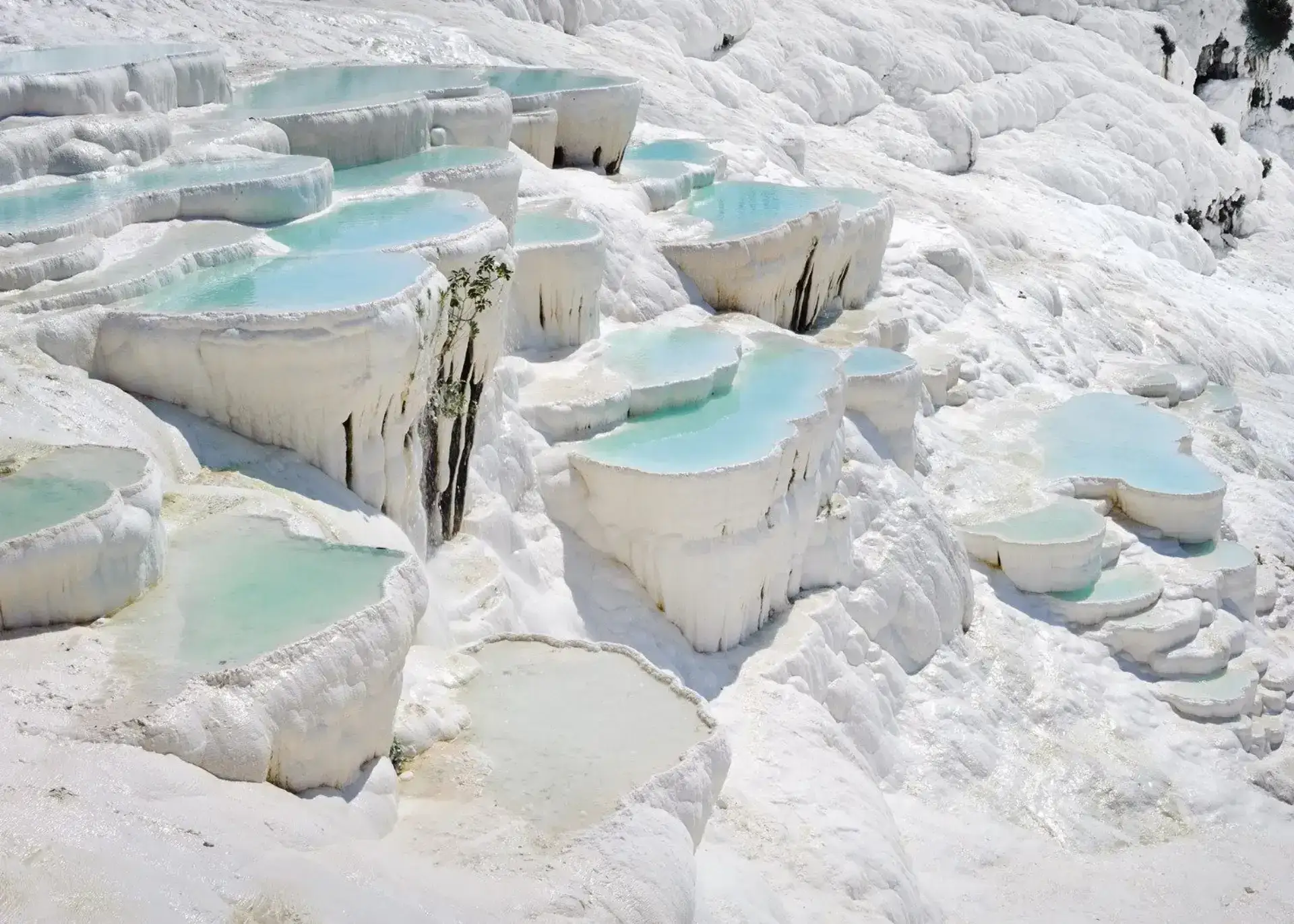Frequently Searched Holiday Regions
- Ida Mountains Hotels
- Kalymnos Island Hotels
- Foca Hotels
- Marmaris Selimiye Hotels
- Bozcaada Hotels
- Ayvalik Hotels
- Cappadocia Nevsehir Hotels
- Bodrum Hotels
- Bolu Hotels
- Halkidiki Hotels
- Oludeniz Hotels
- Agva Hotels
- Dalyan Hotels
- Kalkan Hotels
- Alacati Hotels
- Samos Hotels
- Thassos Island Hotels
- Fethiye Hotels
- Gocek Hotels
- Patmos Island Hotels
- Sapanca Hotels
- Kusadasi Hotels
- Athens Hotels
- Marmaris Hotels
- Safranbolu Hotels
- Erdek Hotels
- Milos Hotels
- Adrasan Hotels
- Cunda Island Hotels
- Urla Hotels
- Kas Antalya Hotels
- Astypalaia Island Hotels
- Lesbos - Lesvos Hotels
- Santorini Island Hotels
- Kavala Hotels
- Karaburun Hotels
- Chios Hotels
- Iznik Hotels
- İstanbul-Buyukada Hotels
- Kos Island Hotels
- Naxos Hotels
- Mykonos Island Hotels
- Cesme Hotels
- Rhodes Island Hotels
- Abant Hotels
- Akyaka Hotels
- Assos Hotels
- Crete Island Hotels
- Sinop Hotels
- Gokceada Hotels
- Datca Hotels
- Ios Island Hotels
- Alexandroupoli Hotels
- Sirince Hotels
- Cirali Hotels
Cookie Policy
We use essential cookies to ensure our website functions properly and to improve your browsing experience. You can find more details on our Cookie Policy page.
Cookie Preferences
Necessary Cookies
RequiredThese cookies are essential for the website to function properly. They enable basic features like page navigation and access to secure areas.
Analytics Cookies
OptionalThese cookies help us understand how visitors interact with our website by collecting and reporting information anonymously.
Marketing Cookies
OptionalThese cookies are used to deliver advertisements more relevant to you and your interests.
Functional Cookies
OptionalThese cookies enable enhanced functionality and personalization, such as videos and live chats.
Performance Cookies
OptionalThese cookies help improve website performance by collecting data on loading times and user experience.


